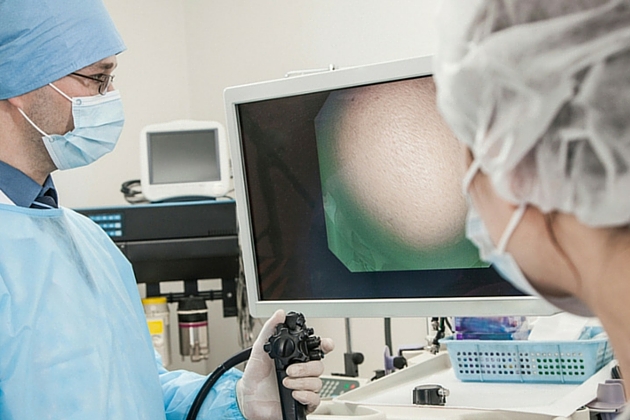Hysteroscopy is a way for the endoscopic surgeon to look at the lining of the uterus. Through this procedure it is used a hysteroscope, a tiny tube (it has diameter of 3 to 10 mm) which carries a light and camera at the end. The hysteroscope provides the image onto a high-definition screen. The hysteroscope is inserted into the womb through vagina and cervix, which means that there is no need for surgical wounds.
Operative hysteroscopy is used to correct an abnormal condition that has been detected afrer sonography or Hysterosalpingogram or during a diagnostic hysteroscopy.
However If an abnormal condition is found during a diagnostic hysteroscopy, an operative hysteroscopy could follow at the same time, avoiding the need for a second surgery.
Therapeutic Indications can be used to remove:
- Polyps
- Fibroids
- Intrauterine adhesions (it is known as Asherman's syndrome). Intrauterine adhesions are fibrous bands inside the uterus which could occur after a dilation and curettage. Asherman’s syndrome not only may lead to scanty or absent periods, but also it may cause infertility
- Diaphragm
Is it necessary to stay at hospital after a hysteroscopy?
Usually, a mild sedative is used, so woman can discharge from the hospital few hours after the procedure.
How do I decide which option is better for me?
Talk to Gynecologist - Endoscopic surgeon Dr. Marinakis.
Doctor should examine you in order to be assured that there is an indication for a Diagnostic Hysteroscopy.
If they have discouraged you from Hysteroscopy, and you do not have enough information not only about the indications of the procedure, but also about your treatment planning, you may be in the wrong place!
Overall, hysteroscopy is a really safe procedure; however every single medical practice is safe only if it is managed by a specialist.






